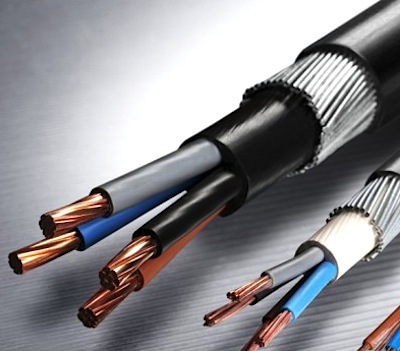
Most building fires are caused directly or indirectly by human error, but a significant number are caused by electrical equipment or installation failure, so cable fire properties are very important. The EU product standard for cables, EN 50575, will be published very soon. This means that all cable manufacturers intending to sell cables for use in permanent installations in European buildings will need to obtain CE-marking.
In September 2014, the CENELEC TC 20 (European Committee for Electrotechnical Standardisation, Technical Committee 20) published a product standard for cables; EN 50575 (power, control and communication cables). As EN50575 should be published by mid-2015, the countdown has started for all those cable manufacturers to CE-mark their products. But what will this entail?
CE marking has been in place for nearly 20 years, but many people still don’t understand what it means. It is especially important to comprehend it when importing electric cables into Europe, or their manufacture and distribution within Europe.
The Low Voltage Directive (LVD) applies to all electrical equipment designed for use with a voltage rating up to 1000V AC or up to 1500V DC. The CE marking of a cable product shows that it is compliant with the directive, making it eligible to be distributed and sold throughout the EU.
The Swedish technical research institute, SP Sveriges Tekniska Forskningsinstitut (SP), says that the because the fire properties of cables are of great importance from a fire safety perspective, cables have been included in the classification system under the European Construction Products Regulation (CPR). This follows SP's own proposal of the classification system to the European Commission (EC).
The objective of the CPR, which regulates building products on the European market, is to ensure the free movement of all construction products within the EU with respect to essential health and safety requirements.
For cables, safety in the event of fire is the only requirement. An additional objective of the regulation is to standardise the manufacturing of construction products and guarantee their unlimited use within the EU.
The CPR comprises the following four main elements: a system of harmonised technical specifications; an agreed upon system of attestation of conformity for each product family; a framework of notified bodies; and the CE-marking of products.
The European CEMAC project, standing for CE MArking of Cables, for which SP Fire Research has provided technical management, has recently been concluded. CEMAC is aimed at supporting a smooth transfer from national reaction to fire requirements in Europe to harmonised CE-marking requirements. It is a co-operative scientific research between a group of independent research institutes and testing laboratories with the European cable industry
The results will, says SP, significantly reduce the volume of testing required for CE-marking of cables in Europe - according to the CLC/TS 50576 standard for extended field of application (EXAP).
The starting point is the EC’s decision on classification criteria from 2006 and the test procedures referenced by the decision. The CEMAC project has improved the testing standards, developed procedures for Extended Application of Test Results, EXAP, and contributed with a large test database. It is believed that the results will be used in the European system shortly.
Once EN 50575 has been published, the CE marking drive for cables will be on, but – as SP reports - there are certain steps and procedures that manufacturers have to go through and comply with.
Generally speaking, CE Marking Directives are aimed at products, not at components, though there are exceptions - including wire and cable products. By itself, wire or cable has no defined use or application; it must be built or installed into something to be useful.
The compliance of the final product containing the cable or wire products is determined based on testing related to the finished product, and the compliance of the wire used in the product is based on the specific application, and the wire product’s performance in that product.
2013-2025 © Doesitcomply UK. ALL Rights Reserved. Privacy Policy | Terms of Service